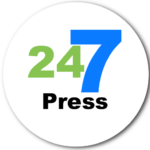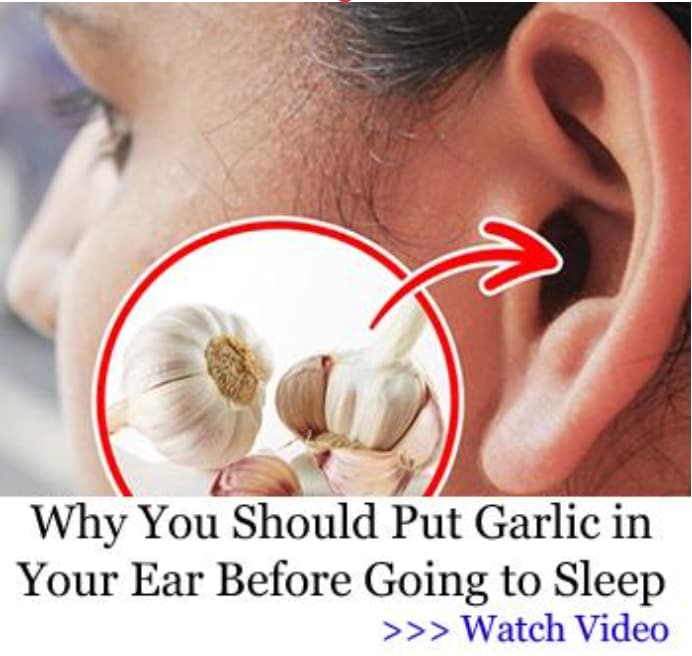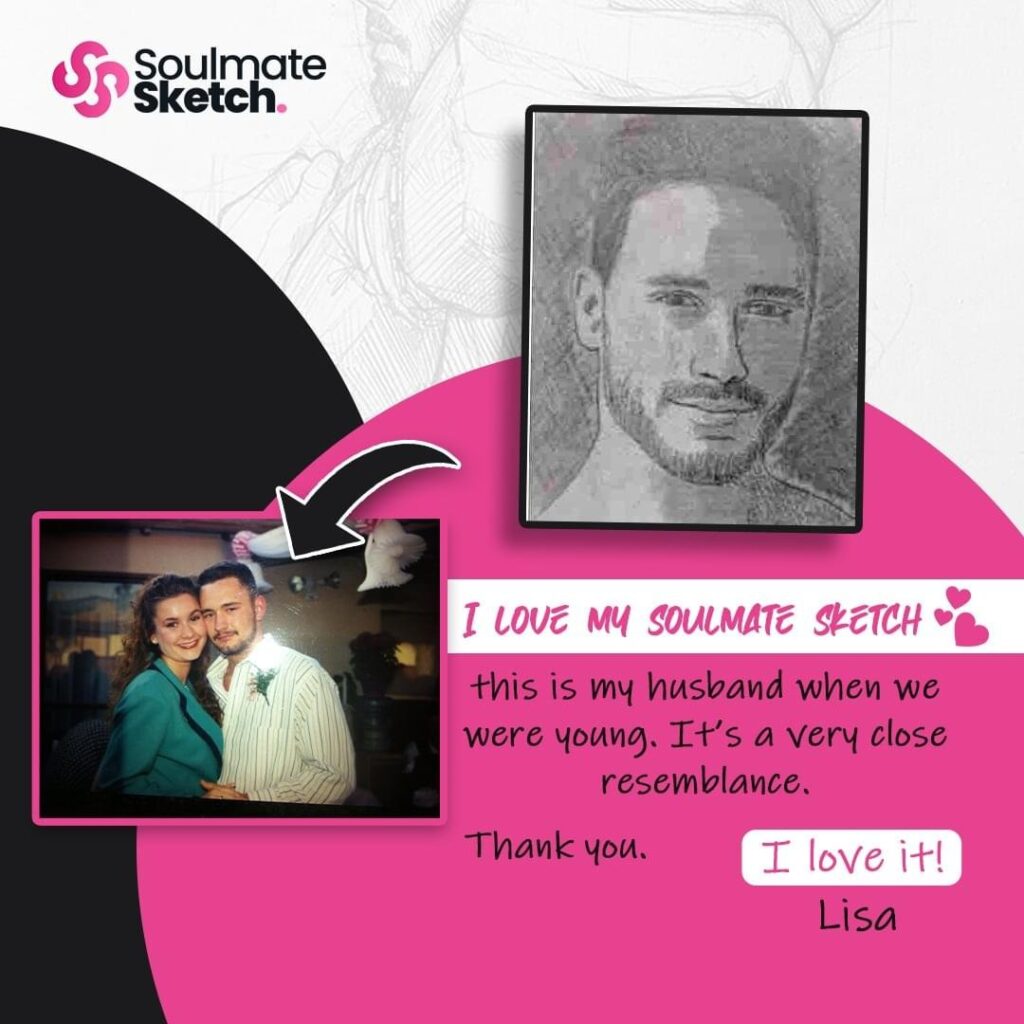Write a Press Release for an Event: Get It Right And You’ll Get Results

When you sit down to write a press release for an event don’t overthink it. An event press release is a marketing and branding tool disguised as a piece of journalism. It follows journalistic rules; no flash, no fluff, just the facts ma’am. In upwards of two-thousand press releases are distributed every day and the number of accredited journalists is in decline. If you want to get the attention of an overworked journalist, ditch your sales & marketing instincts. A press release that’s too flashy, or worse, messes with the format is sure to disappear into the trashcan icon. When you send your finished event press release, journalists are going to have two simple questions and they’ll want those questions answered at a glance:
Is it newsworthy?
Is it ready to publish?
With that in mind, let’s dive into a format & content focused guide to writing a press release that includes a sample press release for an event. Here’s how to write a press release.
Step One: Outline Your Event Press Release
The average press release is only 300-400 words. You can’t ramble on and assume that people will scan the way they would with a blog. Your event press release has to be tight and ready to publish. That means answering the five journalistic W’s:
- Where
- When
- What
- Who
- Why
And how? Sure, go ahead and throw that in there too. For an event press release where and when are easy. What, who and why on the other hand take some thought.
What: Don’t let your excitement about the event veer you into oversharing. The elevator doors are closing, you’ve got five seconds max to tell me what it is, a strong sentence, two at the most, GO.
Who: Are you hosting an open door event or looking to attract a targeted group of attendees? Answering that question will dictate your approach. If you want wide numbers focus the social nature of the event. If you want niche attendees play to their ego, make them feel vital.
Why: This is a two pronged question: why hold the event and why should the reader attend. Answering both questions comes down to defining the problem (or cause) your event is focused on and how your company ties in.
Step Two: Use A Sample Press Release for an Event as a Template
The quickest way to get your event press release rejected is incorrect formatting. Journalists are sticklers for details. The Associated Press has been around since 1846 and they’re in no mood for reinventions. In addition to following the standard layout, you’ll want to consult the AP Style Guide for grammar and text formatting. Most of it is common sense but in regards to dates, numbers and quotations, it’s worth referencing.
Step Three: Write a Rough Draft of Your Event Press Release
You’ve got your outline. You’ve got your template. Now, it’s time to write a rough draft! An event press release is supposed to look as though it were written by a journalist, so remember to write it in the 3rd person.
FOR IMMEDIATE RELEASE
[Month] [Day] [Year]
Headline: The First Thing They’ll See and The Last Thing You Should Write
The headline is vital to getting the attention of potential attendees and it’s the one place in a press release where you’re allowed to be creative. It’s also the hardest part to write. You wouldn’t try to describe a house by looking at blueprints so don’t try to write a headline based off an outline.
When you’re ready to loop back to it, be specific. Consider the following examples:
Headline #1: Jazz Legend Wynton Marsalis to Play One Night Engagement at Royce Hall.
Headline #2: Do You Like Good Music? Are You Looking for a Fun Night Out? Come see Wynton Marsalis Play at Royce Hall.
The first headline puts the key information up front and generates the questions you want people to ask: When!? Where can I buy tickets!? The second headline is too vague. Most readers would check out before they even got to Wynton Marsalis’ name.
If 70 characters or less isn’t going to cut it, consider adding a sub-headline. Sub-headlines are the same length, fill in missing details, and in the age of SEO provide room to squeeze in an extra keyword or two.
Paragraph One: Location + the 5 W’s in Brief
You could write the most perfectly crafted event press release in the history of event press releases and the majority of readers would still just skim it. Press releases are intended to provide quick hits of relevant information, so in your opening paragraph, you’ll want to cover the 5 W’s as succinctly as possible, think 50 words or less. Let’s return to our Wynton Marsalis event as an example:
Los Angeles, CA — University of California Los Angeles (UCLA) is hosting a concert by jazz legend Wynton Marsalis on Sunday, November 3rd at Royce Hall auditorium. Proceeds from the event will be donated to Mr. Marsalis’ charity organization MusicBuilds.org. The event is open to the general public. Tickets can be purchased at: https://www.roycehall.org/calendar
Who: Wynton Marsalis, UCLA and You
When: Sunday, November 3rd
Where: Royce Hall
What: Jazz Concert
Why: To support the charity MusicBuilds.org
How: Purchase tickets through https://www.roycehall.org/calendar
You’ll have space to be more expansive below. In your opening paragraph try to appeal to the skimmers, blurt it all out without sounding like you’re blurting it all out.
Paragraph Two: Make Your Company Indispensable

Now that you’ve covered the five W’s, you can loosen up and explain why your company is uniquely suited to host this particular event. Using the example above, the event organizers at UCLA might want to erase any notions that they are simply providing a venue by delving into their intimate connection with Wynton Marsalis and his charity organization.
You’ll want to use a mixture of facts and emotional appeals. To add emotional resonance quotes can be highly effective but only if they feel authentic. Consider the following examples:
Quote #1: “Every summer UCLA sends student volunteers to work with us at MusicBuilds.org. We put them to work, man! Building houses, helping out in the shelters; it’s been a real blessing.” Wynton Marsalis
Quote #2: “UCLA has a proud tradition of hands-on charity work and we look forward to our continued partnership with Mr. Marsalis.” Gene Block – UCLA Chancellor
The first quote provides facts and emotions directly related to the relationship between host and performer. The second feels like an obvious plug. Use real quotes if you can and fake it well if you can’t.
Paragraph Three: How Will the Attendee Experience Be Unique?
It’s your event, and you think it’s special, but chances are you’ve got competition. Use this space to briefly paint a picture of the attendee experience and separate yourself from the competition.
Royce Hall is a spectacular venue with world renowned acoustics. Following the concert Mr. Marsalis will host a Q&A session about his music and charity work. Tapas and refreshments will be available in the lobby through the event.
If you’re coming in under your word limit, consider adding a second quote in this section, one more emotional appeal can’t hurt.
Paragraph Four: Capture a Wider Audience via Non-Event Participation

This paragraph is optional and relates to secondary goals; registration, research, etc. In the example we’ve been using the secondary goal would be to drum up donations for the charity organization. If your event is anything like our hypothetical one, you’ll want to leave space to appeal to readers outside of your geographic area.
Tack On Your Company Boilerplate
You probably have this written already. You may need to edit for length but don’t worry about honing to this specific event.
###
The triple hashtag is event press release speak for, “That’s all folks!”
Content Edit – SEO Polish – Line Edit
Unless you’re a press release writing genius your rough draft is going to need some work. Start by doing a big picture content edit:
- Did you succinctly answer the five W’s?
- Did you provide all the relevant facts?
- Did you provide an emotional appeal?
- Did you avoid extraneous information?
If the structure is solid, move on to an SEO Polish. You’ll want to have your primary and secondary keywords in mind as you work through the rough draft but don’t try to shove a square peg in a round hole. Write the best possible version, then look for ways to make it more search result friendly without sacrificing quality.
The final step is a line edit; punctuation, spelling, grammar. Ask for help on this. It’s really difficult to line edit your own work, the words and phrases are too familiar. If you’re on your own, print it out, taking your eyes off the screen will help you refocus on the details.
That’s it! Now that you know how to write a press release, you can use this time-tested outlet to drive event attendance and build brand awareness. Everytime you write a press release for an event remember to:
- Outline first
- Reference a sample press release for an event
- Stick to the AP format
- Write the body paragraphs first and the headline last
- Use authentic quotes
- Edit and SEO polish carefully
The journalistic limitations of a press release are a good thing, they’ll keep you focused on the core elements of your event and help you hone your quick pitch. You’ve done the research, now write your event press release with confidence!






5 Responses